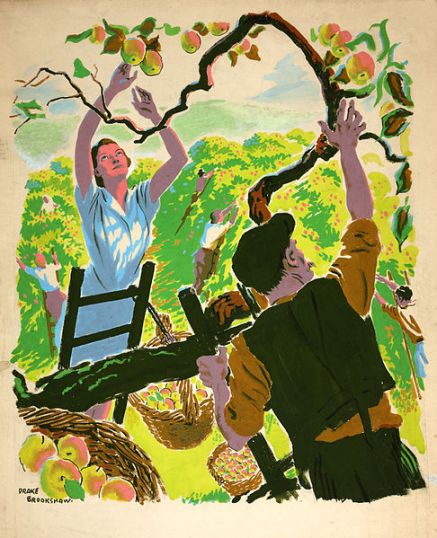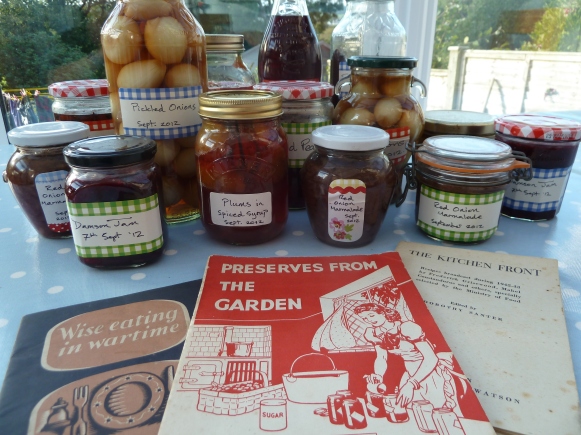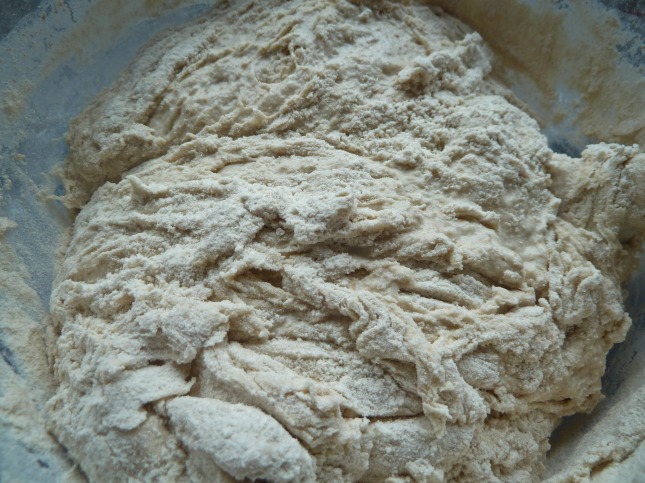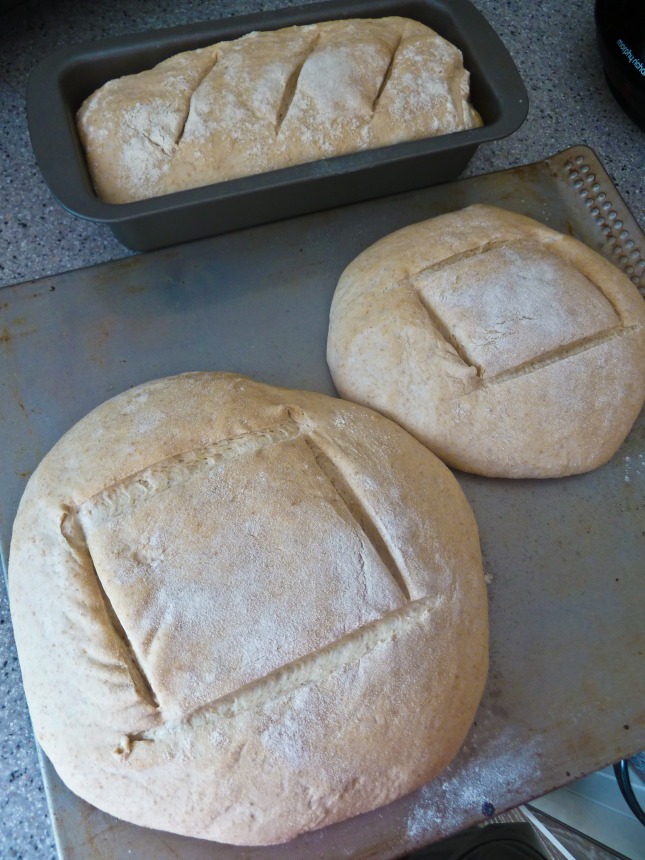A lot of people say we have had a lousy summer but for me it hasn’t been so bad. I’m not a one for the hot sun so having a summer without having to try to get to sleep sweating away in bed with pesky mosquitoes buzzing around your head all night, has been lovely. Great Britain is blessed to have such wonderful seasons and being placed where we are facing the Atlantic we have to accept whatever weather comes our way. September is one of my favourite months and it has already lived up to its reputation of providing us with some lovely Indian summer days.
I love the Autumn. I love how September slowly starts to bring in these chilly mornings followed by a glorious warm sunny day to then end as a chilly evening that might need the first fire to be lit. I love the first of the Autumn gales blown in from the Atlantic giving us a timely reminder of what’s to come. I love to see the hedgerows bursting with fruit; blackberries, sloes, haws, rose hips, elderberries, crab apples and rowan. I love to go to farmers markets and greengrocers and see the new Autumn harvests for sale; damsons, plums, greengage, pickling onions, cob nuts, pears and apples. And you really can’t beat walking across a field and stumbling upon some Field Mushrooms or, if you are really lucky, a Puffball or two! Best of all, l love turning my hand to preserving some of these fruits and seeing the jars and bottles in some dark corner of the kitchen lined up, maturing, waiting to be opened on a cold winters day and releasing their summer goodness onto your plate. Right now is as good a time as ever to get out there and start gathering some blackberries and turning them into a few pots of jam and a nice crumble or pie, especially with some nice Bramley apples thrown in.
In the kitchen its the time to get the preserving pan out again and I have been busy over the past couple of weeks making not only Damson Jam which, by the way, is the best jam l have ever made, but also a few jars of Red Onion Marmalade, Pickled Onions, Sloe Gin, Pickled Pears, Blackberry & Apple Jam and even bottled some Plums. I haven’t tried bottling fruit for years and unfortunately l made the mistake of having the oven too high and literally boiled one of the jars to the point it was bubbling over the brim. Oops…it still formed a vacum when it cooled so should last a little while. I recently bought the River Cottage book on Preserves and can really recommend it.
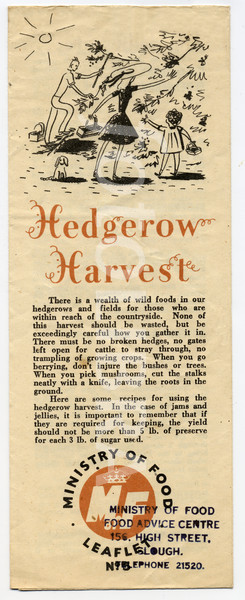 Of course, back in WW2, preserving foods was not done as a bit of fun but was essential in providing fruit during the long winter months. As well as making jams and chutneys people would have dried, bottled and stored as much as they could. Blackberries were the most common fruit as they will grow anywhere including waste land in inner city areas. In the countryside the pickings were far better as l have already described. The W.I. formed preservation centres in villages up and down the land making tons of preserves for the general public using free fruit that would otherwise have gone to waste. Last weeks episode of Wartime Farm showed how canning was the most popular method of preserving fruit as this needed less sugar than making jam. I really take my hat off to those women of the W.I. who did so much for the war effort and brought comfort to so many.
Of course, back in WW2, preserving foods was not done as a bit of fun but was essential in providing fruit during the long winter months. As well as making jams and chutneys people would have dried, bottled and stored as much as they could. Blackberries were the most common fruit as they will grow anywhere including waste land in inner city areas. In the countryside the pickings were far better as l have already described. The W.I. formed preservation centres in villages up and down the land making tons of preserves for the general public using free fruit that would otherwise have gone to waste. Last weeks episode of Wartime Farm showed how canning was the most popular method of preserving fruit as this needed less sugar than making jam. I really take my hat off to those women of the W.I. who did so much for the war effort and brought comfort to so many.
This wartime leaflet still carries sound advice for anyone today wishing to collect some of this Autumns free harvest. Go on, give it a go. Believe me there is nothing better than going for a walk right now and coming back with a few berries from the hedgerow and turning them into a pot or two of jam.
